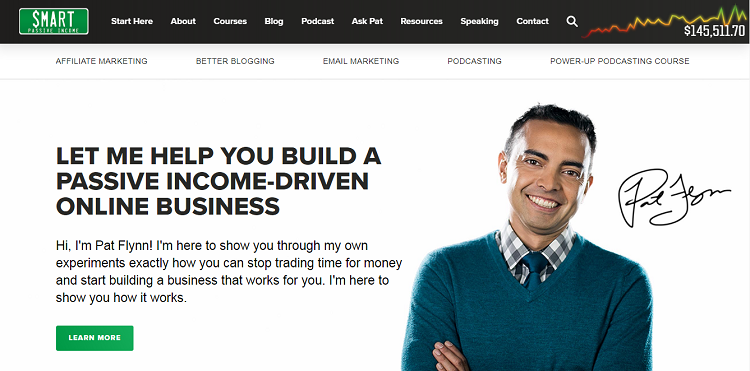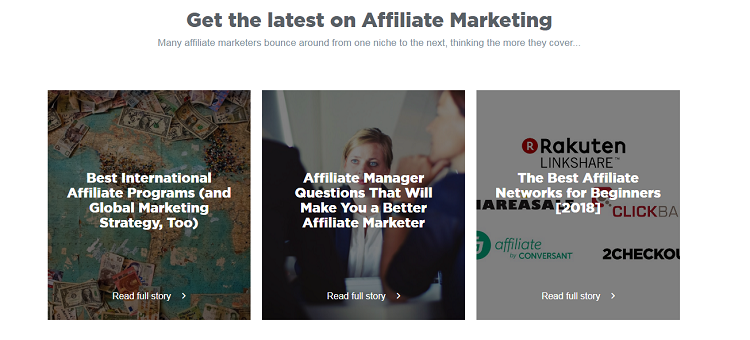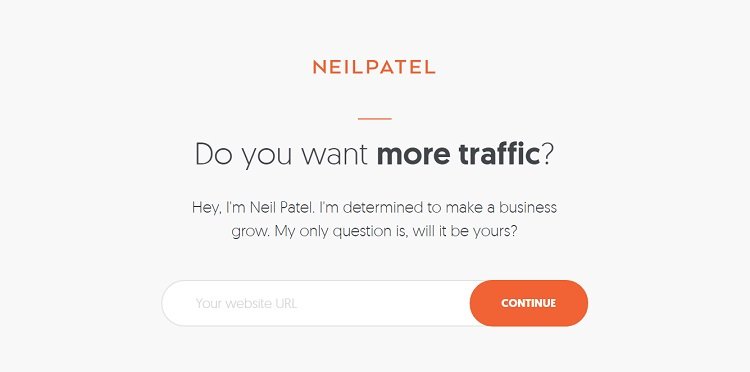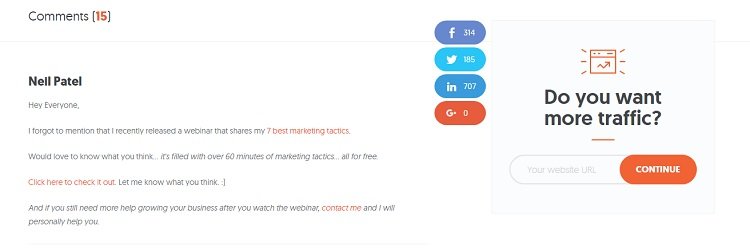You’re probably wondering… what should I put as my homepage content?
The decision about what content to include on your homepage becomes the most important issue after you’ve created the site structure and basic pages.
Think the homepage page as the first impression of your business — it’s what gets visitors hooked and thinking “I’ve got to share this!”.
Research has demonstrated that website viewers judge the quality of a website in a matter of seconds.
If your goal is to gain regular visitors, readers, and customers, then the quality of your home page should be a primary concern.
What should your homepage include?
The following will help you determine which elements and information should be featured. By planning carefully, choosing information wisely, and using an effective page design, your website will be appealing and useful.
A Description of Yourself or Company
Your identity is the first piece of information you must convey to your readers.
The simplest way to do this is to create a logo or tagline describing your company and service. Your company name and logo allow visitors to easily identify you, while your tagline should briefly and concisely explain your purpose.

Pat Flynn, of SmartPassiveIncome, does a stellar job identifying his target audience while defining benefits readers gain by exploring the blog. His photo and signature add a personalized feel to the site which helps you feel connected to his content and persona.
Try this:
- Create a headline (a short sentence) identifying a problem and offering a solution
- Write an elevator pitch (less than 200 characters) about what visitors can expect
- Add a defining image (or video) as the homepage content “hero”
User-Friendly Site Navigation
Don’t let people guess what to do when they land on your site — point them to what you want them to do.
The ability to quickly and easily find content is one of the key aspects on which users will judge your homepage. It’s also a “quick win” for keeping visitors engaged (reducing bounce rate and improving site time). This improves on-page search engine optimization and usability.
Here are a few, basic homepage elements you’ll want to consider:
- Get started
- Blog
- Resources
- Services
- About
- Contact
The get started and resources act as affiliate money-makers. These are the pages housing your best content and affiliated suggestions. The others (services, about, contact) are there to generate sales directly or indirectly by conveying value and personality.
It doesn’t look like much but it’ll handle about 99% of most sites — it all depends on your intentions.
So…
How can you help viewers find what they need?
Make your homepage navigation simple, logical, and well organized.
Use words or phrases that clearly describe what a user will find when they click on a link.

HubSpot achieves this user-friendly site navigation. We’re sure they’ve done extensive user testing, planning, and organization to use only the essential pages they want people going to when first landing on the site.
- Notice how they also use the ‘hero’ image?
- Notice how they use the ‘Get Started’ call-out?
When creating site content, consider which category each page falls into. Site navigation is similar to the table of contents in a textbook and should give users an indication of what they will find on your site.
If it helps: Create a wireframe of the site and user flow and make it as simple as possible.
Example:
- Home -> Blog -> Blog Category -> Blog Post
- Home -> Resource Page -> External Link
- Home -> Get Started -> Blog Post -> Contact
Latest News and Updates
Frequent visitors to your homepage will want information on the latest news and site updates.
A small feature area on your homepage is a great way to highlight the newest information found on your site. It also keeps your homepage fresh (good for Google) while passing this frequent indexing to those pages.
The blog will likely be the homepage content for most of you — endlessly churning new posts so when visitors land on the site they can go right to the latest. Others opt for static homepage content to funnel visitors. Either way, it’s good to have a feed constantly refreshing the home page.

We do this.
Our home page is intended to lead people to sign up but also explore other, valuable resources. Lower on the page is our latest posts. Each time we publish, it updates the home page and sends the search engine spiders crawling back to our site.
Interactive Content
Online visitors want to feel involved and take some type of action when viewing a website.
How can you make your site more interactive?
The addition of:
- Polls
- Quizzes
- Chat rooms
- Forums
- Online newsletters
… are all great ways to allow readers to take an active role when visiting your website.
Not only do these features spice up your homepage (and help with conversions); they also provide important feedback on how users are relating to your site. Quizzes and polls provide info on what topics most interest your readers, while chat rooms and forums provide a place for site members to interact and discuss topics related to your homepage. A site newsletter is a great way to interact directly with your readers and inspire frequent return visitors.
Take a hint from BuzzFeed.
Think there’s a reason why “Quizzes” are part of the main navigation?
Hint: It’s not because people hate ’em!
These quizzes keep visitors engaged — upping the on-site time — and has a “stickiness” that’ll keep them around longer while encouraging them to explore and read more content.
You could do something similar, like interactive:
- Checkboxes in a ‘checklist’ post
- Simply including more video
- Using Gifs instead of images
It’s not too hard adding in extras with interactive plugins and scripts.
Contact Information
The most important detail to include on your home page is a way to contact you for further information or feedback.
Don’t force users to search for your contact information.
Instead:
Include a clearly labeled link on your homepage that leads directly to your:
- Email address
- Business phone number
- Feedback form
The ability to interact directly with readers and customers makes your homepage far more effective. The comments and questions you receive from visitors also provide information about the effectiveness of your homepage.
And if you don’t want to expose yourself?
No biggie — just email works fine.
Neil Patel…

Likes to…
![]()
Include a lot of…

Contact methods.
It works.
It gives people plenty of ways to reach out especially if you got them hooked on content.
Can’t Get That Homepage Content the Way You Want?
We know a lot of you want an all-in-one solution when it comes to the website development. It’s why a lot of people use templates or hire designers. It gets the job done.
Could we interest you in using site building tools?
These are wonderful if you lack design and development experience. They provide drag-and-drop page builders so you could add these homepage content elements to your website — with ease.
Otherwise…
Maybe now’s a good time to learn some HTML so you’ll know how to update the base designs (else hand it off to someone without feeling like you can’t convey your ideas).




